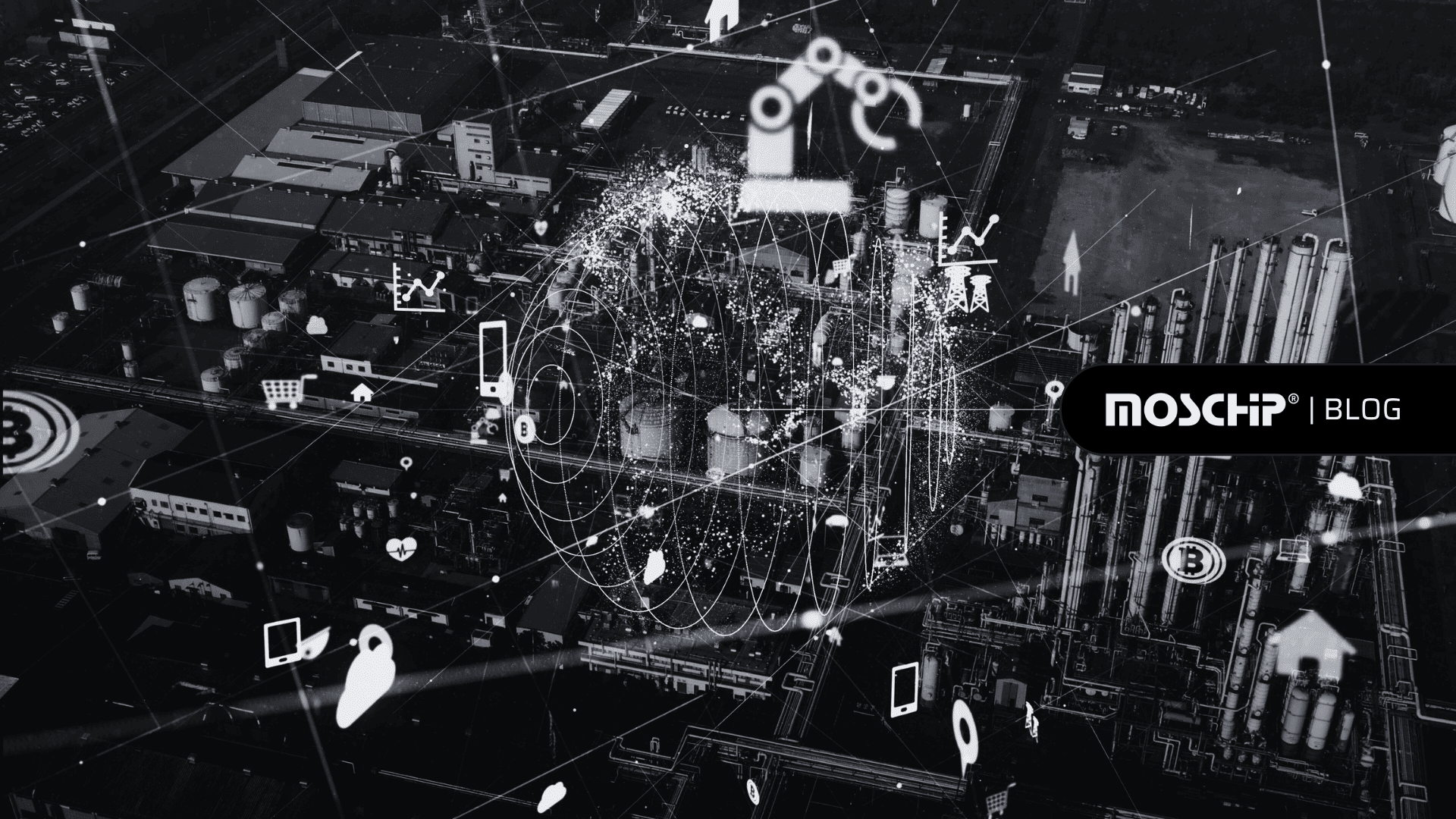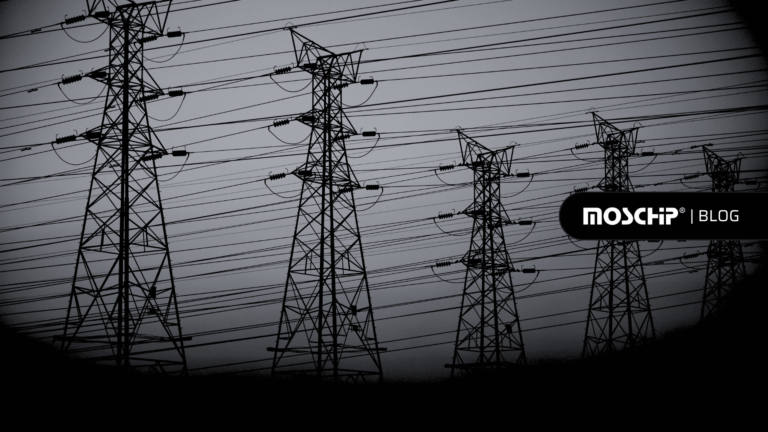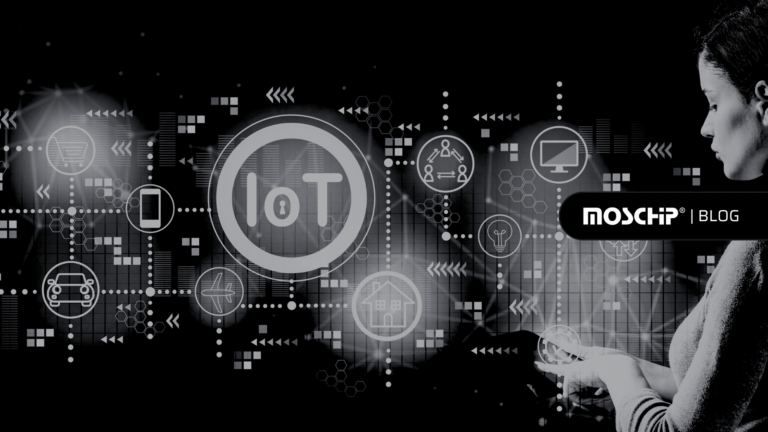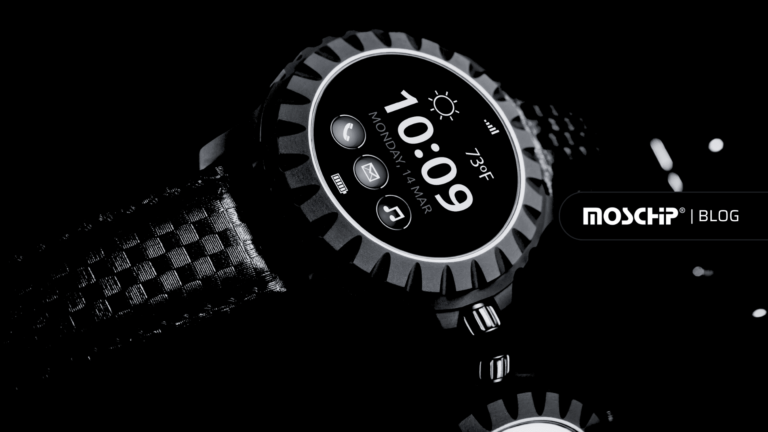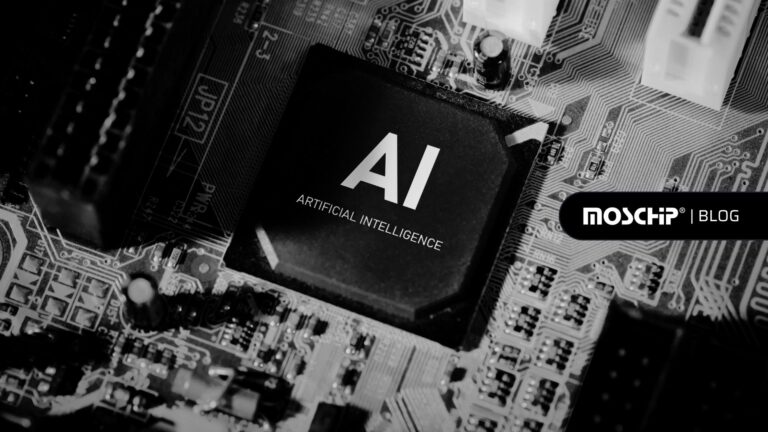When IoT goes Industrial
ByMosChip®

Interoperability
Concept of IIoT (or even IoT, in this case) is fairly new and making sure that different IIoT devices will work together is still a fairly complicated task. To achieve full interoperability, the industry will have to build and implement standard protocols, compatible interfaces and architectures.Security:
Virtually everyone agrees that security is a critical issue for Internet-connected industrial systems. Dell Inc., a member of the Industrial Internet Consortium, listed security at the top of its list of IIoT challenges. The technical challenge is to secure Internet-connected devices from cybernetwork attacks, as well as local physical attacks.Adaptability and Scalability:
Adopting the Industrial Internet of Things will require a change in the way organizations design and augment their industrial systems. IIoT systems must be adaptive and scalable through software or added functionality that integrates with the overall solution, notes Eric Starkloff, executive vice president of Global Sales and Marketing for NI.Maintenance and Updates:
Industrial Internet components need to be built with maintenance and updates in mind. Industrial systems need to be continually modified and maintained to meet changing requirements.Flexibility:
Industrial infrastructure is no small investment. To be capable of adapting to changing requirements over time, the need is to build on open, integrated hardware and software platforms, and a real-time network that can scale with new technologies. Despite this challenging scenario, the Industrial Internet of Things (IIoT) is a major trend with significant implications for the global economy. It spans industries representing 62 percent of gross domestic product (GDP) among G20 nations, according to Oxford Economics,1 including that depend on durable physical goods to conduct business, such as organizations that operate hospitals, warehouses and ports or that offer transportation, logistics and healthcare services.IIoT Benefits
- Vastly improved operational efficiency (e.g., improved uptime, asset utilization) through predictive maintenance and remote management
- The emergence of an outcome economy, fueled by software-driven services; innovations in hardware; and the increased visibility into products, processes, customers and partners
- New connected ecosystems, coalescing around software platforms that blur traditional industry boundaries
- Collaboration between humans and machines, which will result in unprecedented levels of productivity and more engaging work experiences

